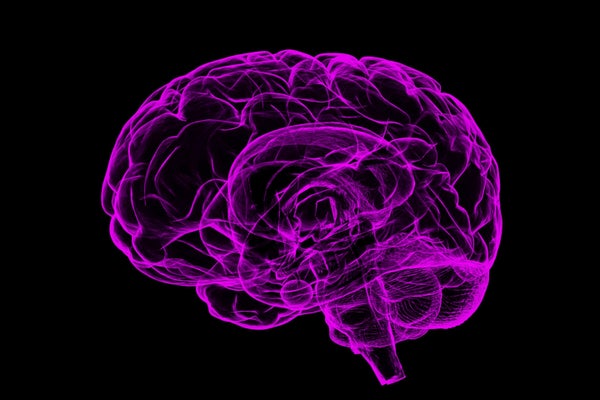This article was published in Scientific American’s former blog network and reflects the views of the author, not necessarily those of Scientific American
Government declarations of war on drugs or disease often end in losing battles.
That’s why the news that the Obama Administration's drafting of a plan that targets 2025 as a goal for preventing or treating Alzheimer’s met with skepticism in some quarters. "No one set a deadline for the 'War on cancer' or in the fight against HIV/AIDS We make progress and we keep fighting. The same should be true for Alzheimer's," Dr. Sam Gandy, an Alzheimer's researcher at Mount Sinai School of Medicine told Reuters. "In my mind, that provides the unfortunate sense that we will have 'failed' if we don't have a cure by 2025." The president signed the National Alzheimer’s Project Act into law a year ago, and a final draft of the plan is due to Health and Human Services Secretary Kathleen Sebelius in the coming weeks.
At many scientific conferences, presentations begin with a Powerpoint that chronicles the lengthy list of recent drug failures. But what if, just maybe, things aren’t quite as bad as they might seem. In war, anticipating the enemy’s next move is half the battle. The only meaningful advance in Alzheimer’s research in recent years has to do with reconnaissance.
On supporting science journalism
If you're enjoying this article, consider supporting our award-winning journalism by subscribing. By purchasing a subscription you are helping to ensure the future of impactful stories about the discoveries and ideas shaping our world today.
Brain scans and spinal fluid tests have begun to emerge that may let a scientist peer underneath the cranial hood some 10 or 15 years before a patient first forgets a relative’s name or the word for a familiar household item.
The new tests might eventually show what’s going on even at a time when 6 A.M. workday alarms and getting the kids to school are life’s major preoccupations, when mortality seems but a distant abstraction.
Studies have shown that MRI , PET, spinal taps—and yet newer methods now in the lab—can detect the buildup of aberrant proteins characteristic of the disease before the first symptom appears. They may be able to go back further, identifying a persistent inflammatory response deep within the brain or capturing the period when the mitochondria, the cellular powerhouses, begin spewing junk, normal accompaniments of aging in all of us. But, for some of us, these changes interact with bad genes or perhaps some unidentified risk factors to initiate the torturously slow process that ultimately ends with dementia.
Already, leading research groups are calculating what they can do with this molecular intelligence report. It’s possible that one or more of the drugs on that Powerpoint list might prove effective if used before the disease begins.
A three- year clinical trial, slated to begin next year, will test whether a still-to-be-decided pharmaceutical can lower levels of the amyloid protein implicated in the disease in 1,000 study participants over 70 who have yet to develop dementia but who have been shown through testing to have accumulated significant amyloid deposits. “This has been controversial and I will acknowledge that it’s pushing an envelope,” says Reisa Sperling of Brigham and Women’s Hospital, a pivotal researcher in the study said at a recent conference of the New York Academy of Sciences. “But I will say that when I look at [what we’ve achieved in] medicine, we’ve really made a difference by going to a preclinical or a pre-symptomatic stage of the disease. In cancer we try to detect carcinoma in situ. If we wait until there’s pain or metastases we rarely cure the disease.”
Even without drugs, what if in middle age some lifestyle change might slow onset using a regimen similar to that for staving off cardiovascular disease? A recent study by researchers at Washington University showed with brain imaging and spinal fluid analysis that cognitively intact individuals with a genetic predisposition to Alzheimer’s who exercised regularly had the same levels of amyloid as others lacking the risk gene, whereas those with the gene who were sedentary retained an elevated buildup. The ability to look inside before cognition fades may allow similar studies of diet, stress reduction and bolstering brain capacity through education.
Of course, it might take a lot longer to put in place truly effective prevention and treatment, far past the 2025 goal. So the desire to improve technology for looking up close and early persists. At the New York Academy of Sciences researchers outlined efforts to look for disease signs in blood, changes in the insulation around nerve fibers, and electrical signals altered by misfiring brain circuits.
For now, biomarkers, as researchers call them, offer the best hope for establishing a path toward staving off cognitive decline. Once the disease begins, a single drug, or even combination therapies, may be too late to revive nerve cells and circuits that are dying or already gone.
Image: U.S. National Institute on Aging, Alzheimer's Disease Education and Referral Center
